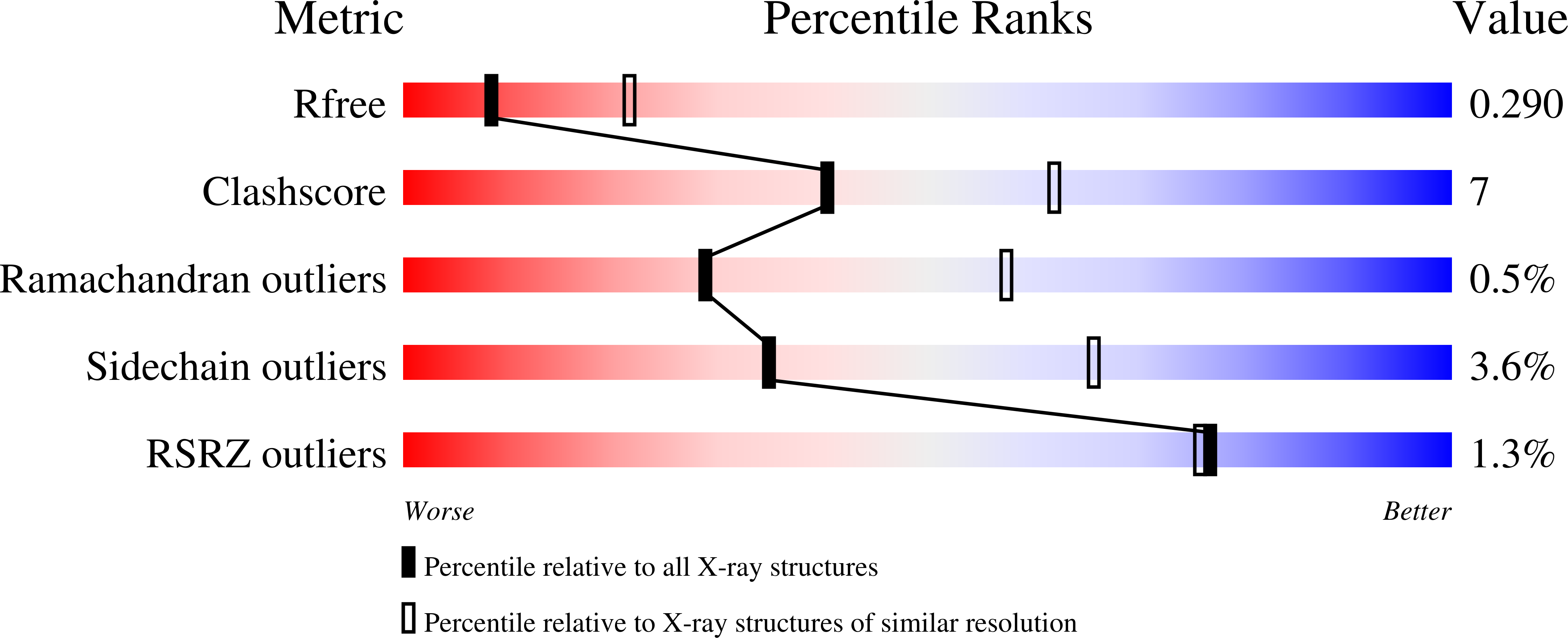
Deposition Date
2021-06-24
Release Date
2021-10-27
Last Version Date
2023-10-18
Entry Detail
PDB ID:
7R7I
Keywords:
Title:
Structure of human SHP2 in complex with compound 27
Biological Source:
Source Organism:
Homo sapiens (Taxon ID: 9606)
Host Organism:
Method Details:
Experimental Method:
Resolution:
2.85 Å
R-Value Free:
0.29
R-Value Work:
0.23
R-Value Observed:
0.23
Space Group:
P 21 21 21


